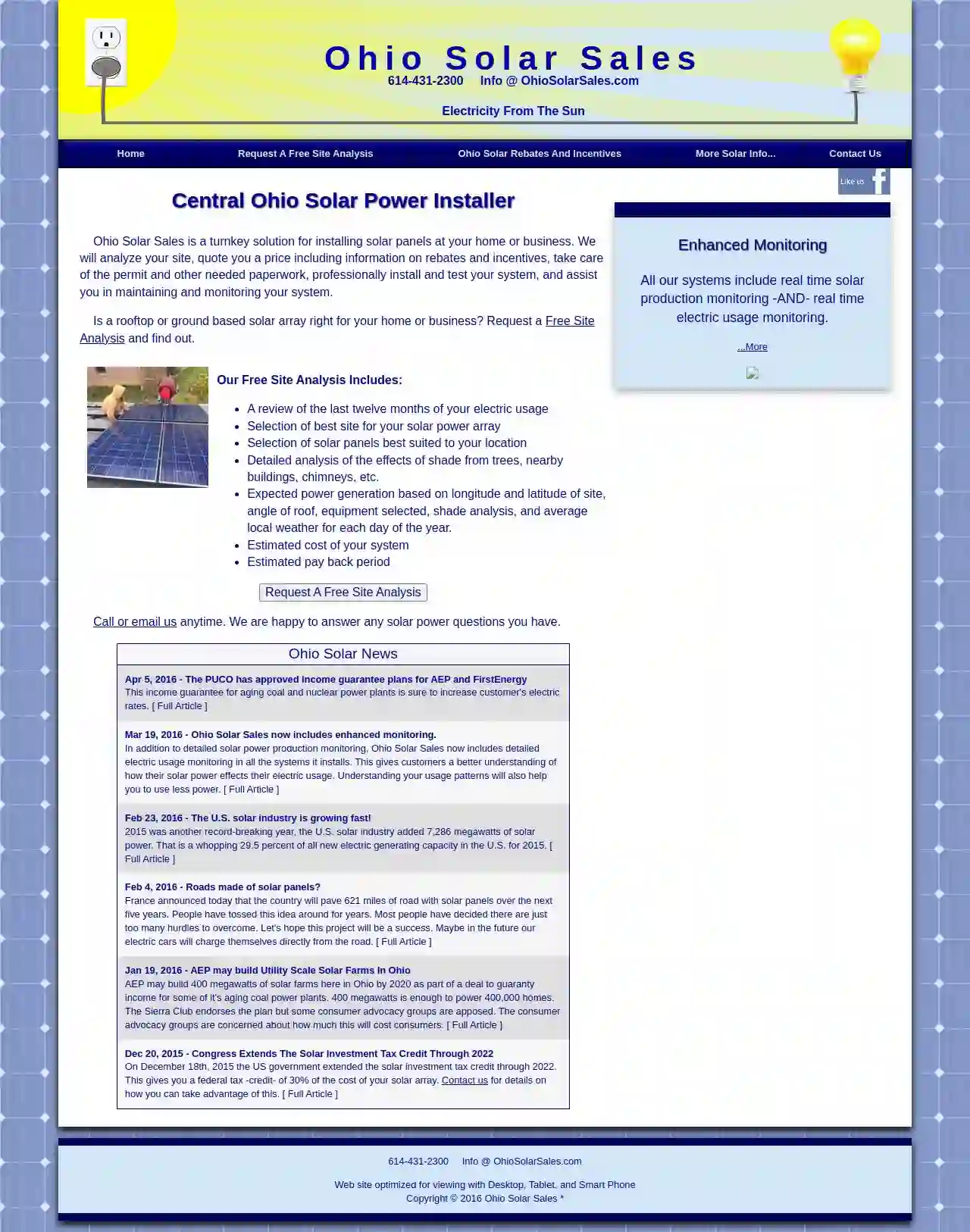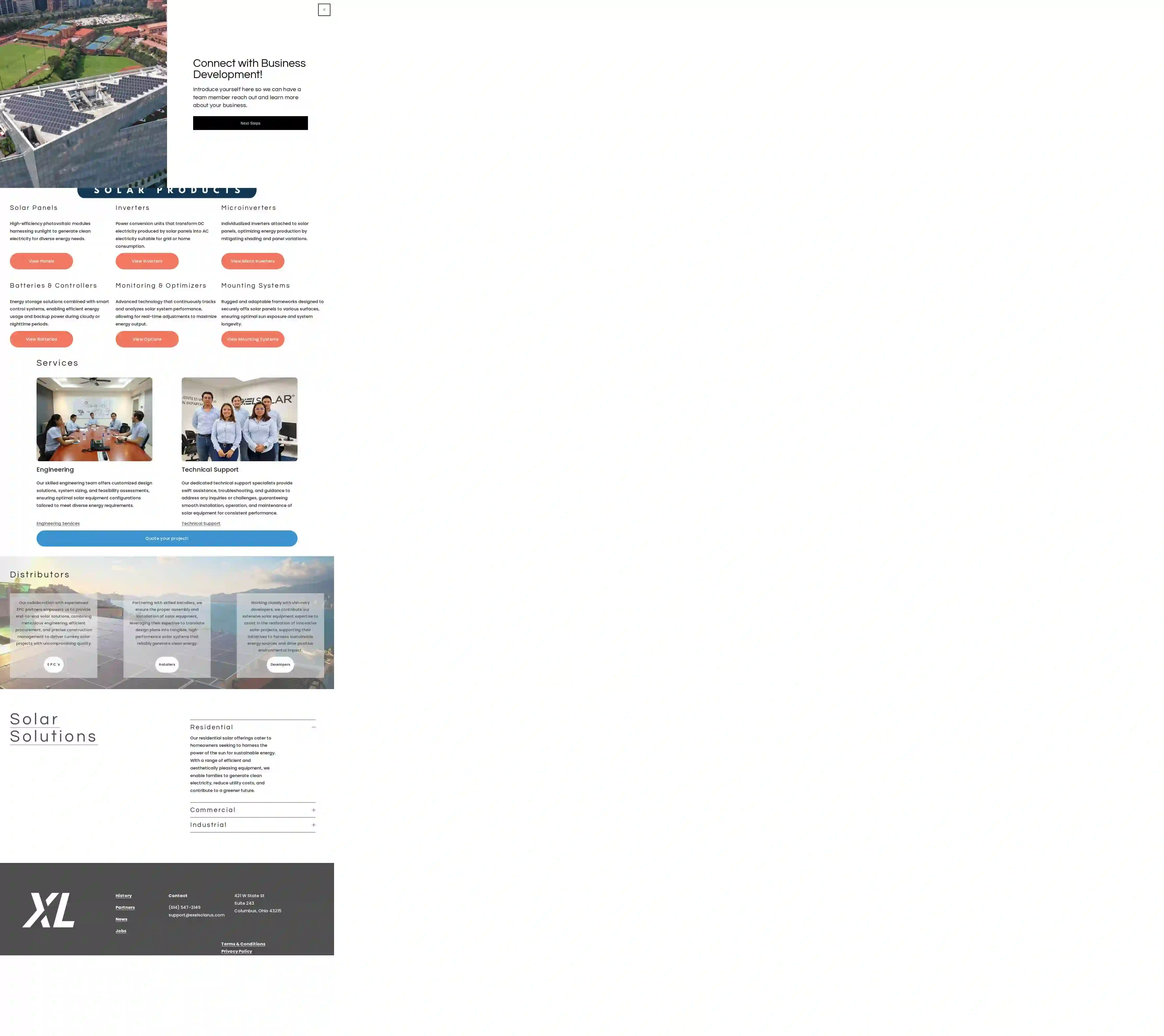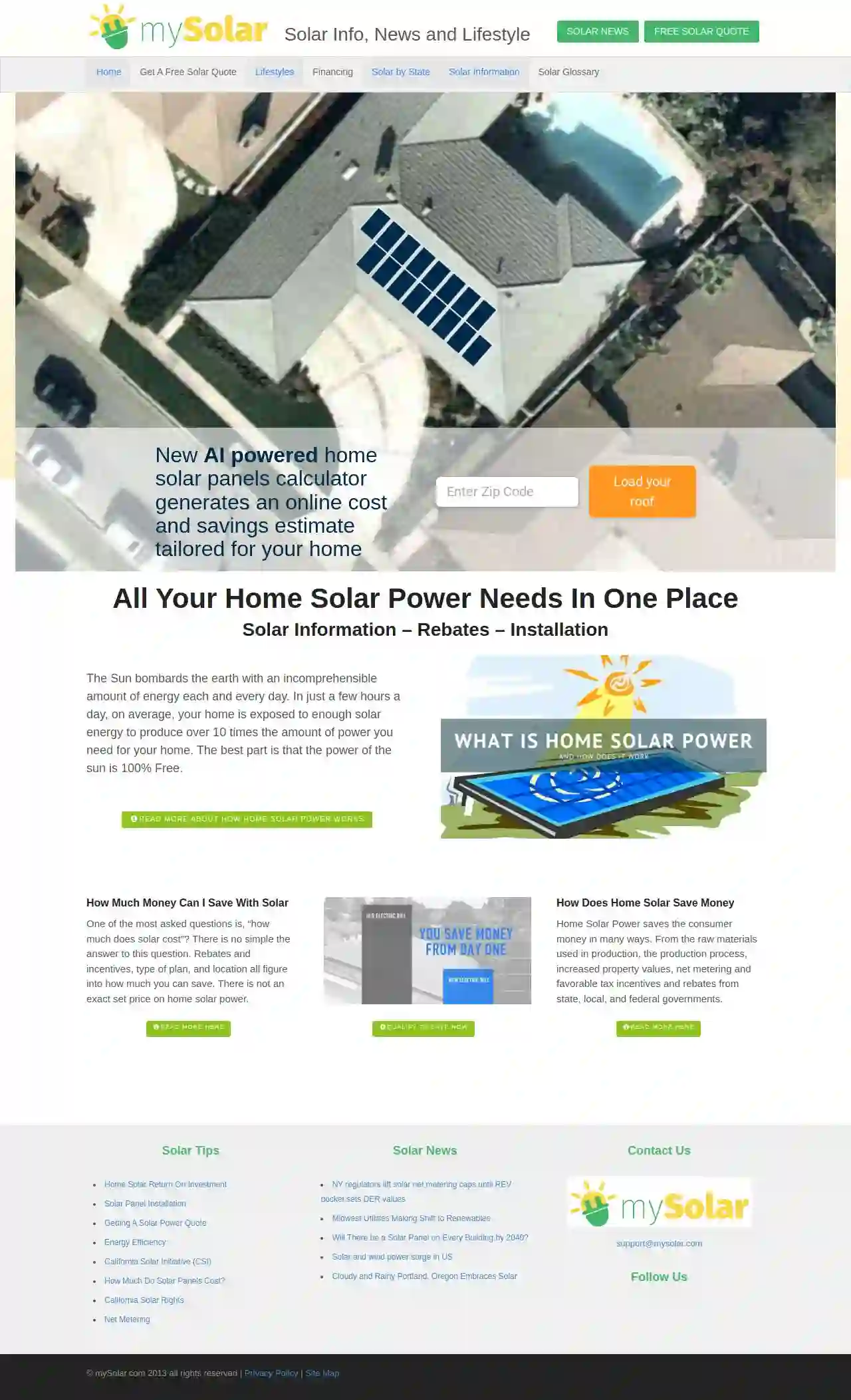Solar Installers Ashland
Find Solar Company in Ashland
Receive 3 FREE Local Solar Installers quotes for your project today! Compare profiles, reviews, accreditations, portfolio, etc... and choose the best offer.

YellowLite
4.7168 reviewsCleveland, Ohio, USA, 1925 St Clair NE Suite #250, 44114, USYellowLite is a premier solar panel installation company that aims to protect the environment by making solar energy more accessible to the masses. Established in 2009, the company has successfully emerged as a leading provider of solar panel services and installations. Their mission is to design and install solar energy systems for both commercial and residential consumers, providing energy independence and solid financial returns.
- Services
- Why Us?
- Accreditations
- Our Team
- Testimonials
- Gallery
Get Quote
MasterRoof Solar Panels
54 reviewsN/A, Dayton, USMasterRoof Solar is a leading solar panel installation company in Dayton, Ohio, offering top-of-the-line solar installers and industry-best warranty. The company aims to provide renewable energy options to homeowners, helping them save money on utility bills and alleviate negative environmental effects of traditional power sources.
- Services
- Why Us?
- Accreditations
- Our Team
- Testimonials
- Gallery
Get Quote
ARP Solar
4.723 reviews123 Solar Way, Columbus, 43055, USARP Solar is a locally owned and operated company that has been installing solar panels in Ohio, West Virginia, and Kentucky since 2008. They offer residential, commercial, and agricultural solar installation services, providing top value installations with no hidden costs, financing options, and the assurance of working with a premier solar installer company. ARP Solar prioritizes customer satisfaction and approaches each project with dedication, ensuring clients benefit from all available solar incentives.
- Services
- Why Us?
- Accreditations
- Our Team
- Testimonials
- Gallery
Get Quote
TMI Energy Solutions
4.611 reviewsCincinnati, OH, USA, 423 W. Wyoming Avenue, 45215, USTMI Energy Solutions is an Engineering, Procurement, Construction, and Management (EPC+M) company focused on sustainable solutions for all your energy needs including solar photovoltaics (PV). NABCEP solar certifications along with 40 years of experience in the electrical construction industry have established TMI as the Solar PV experts of the Midwest.
- Services
- Why Us?
- Accreditations
- Our Team
- Testimonials
- Gallery
Get Quote
Rocknoll Energy Systems
53 reviewsMorrow, OH, 6344 US. Rt. 22-3, 45152, USRocknoll Energy Systems is a leading provider of energy efficient, off-grid, and renewable energy solutions. They offer a range of services including solar, battery storage, wind boilers, lighting, and generators. Their team of experts provides optimized solutions tailored to each client's needs, ensuring environmental and financial rewards. Rocknoll Energy is an authorized dealer for reputable brands such as Generac, Sol-Ark, SolarEdge, Bergey, and Fortress, and they prioritize domestically made products. They also assist clients in securing grants and tax incentives, including the Rural Energy for America Program (REAP) for small businesses and agricultural producers.
- Services
- Why Us?
- Accreditations
- Our Team
- Testimonials
- Gallery
Get Quote
Ohio Solar Sales
Columbus, Ohio, USA, 123 Solar Lane, 43201, USOhio Solar Sales is a turnkey solution for installing solar panels at your home or business. We will analyze your site, quote you a price including information on rebates and incentives, take care of the permit and other needed paperwork, professionally install and test your system, and assist you in maintaining and monitoring your system.
- Services
- Why Us?
- Accreditations
- Gallery
Get Quote
Exel Solar
421 W State St Suite 243, Columbus, Ohio, 43215, USExel Solar specializes in wholesale solar distribution, aiming to accelerate the shift towards clean and sustainable energy. Our mission is to provide comprehensive solar project services encompassing engineering, procurement, marketing, and logistics.
- Services
- Why Us?
- Accreditations
- Our Team
- Testimonials
- Gallery
Get Quote
Blue Raven Solar
4.7159 reviews5535 Fair Ln Suite A, Cincinnati, 45227, USBlue Raven Solar is a solar installation company based in Cincinnati, Ohio. They offer low upfront price solar solutions and help homeowners save money on their energy bills. With the Federal Investment Solar Tax Credit (ITC), Ohio’s net metering policy, solar renewable energy certificates (SRECs), and the Energy Conservation for Ohioans (ECO-Link) program, switching to solar in Cincinnati has never been more affordable. Blue Raven Solar aims to provide freedom and control over hard-earned money while reducing harmful emissions.
- Services
- Why Us?
- Accreditations
- Our Team
- Testimonials
- Gallery
Get Quote
Ohio Solar Alliance
513 reviewsN/A, Elyria, USOhio Solar Alliance is a locally-owned solar company in Northern Ohio committed to helping you save money. You’re already paying for an energy bill. Why not use that money to invest in your home? It’s time to own your power instead of renting!
- Services
- Why Us?
- Accreditations
- Our Team
- Testimonials
- Gallery
Get Quote
My Solar Energy
Beverly Hills, CA, 123 Solar Way, 90210, USmySolar is a leading provider of home solar power solutions, offering comprehensive information on solar energy, its benefits, and how to get started with solar power for your home. The website provides detailed insights into the world of solar energy, including solar news, lifestyle, financing options, and state-specific solar initiatives.
- Services
- Why Us?
- Accreditations
- Our Team
- Testimonials
- Gallery
Get Quote
Over 4,210+ Solar Installers in our network
Our solar installers operate in Ashland & surroundings!
SolarCompaniesHub has curated and vetted the Best Solar Installers in and around Ashland. Find the most trustworthy pro today.
Frequently Asked Questions About Solar Installers
- Adequate Sunlight: Unobstructed sunlight for a significant portion of the day.
- Sufficient Space: Enough space to accommodate the desired number of panels.
- Structural Integrity: A strong roof structure capable of supporting the weight of the panels.
- Appropriate Orientation and Tilt: Ideally, the roof should face south (in the Northern Hemisphere) or north (in the Southern Hemisphere) with a tilt angle close to the latitude of your location. However, other orientations and tilts can still be effective.
Can I go completely off-grid with solar panels?
Do solar panels increase my home value?
How do I know if my roof is suitable for solar panels?
What is net metering, and how does it work?
Can I go completely off-grid with solar panels?
Do solar panels increase my home value?
How do I know if my roof is suitable for solar panels?
- Adequate Sunlight: Unobstructed sunlight for a significant portion of the day.
- Sufficient Space: Enough space to accommodate the desired number of panels.
- Structural Integrity: A strong roof structure capable of supporting the weight of the panels.
- Appropriate Orientation and Tilt: Ideally, the roof should face south (in the Northern Hemisphere) or north (in the Southern Hemisphere) with a tilt angle close to the latitude of your location. However, other orientations and tilts can still be effective.